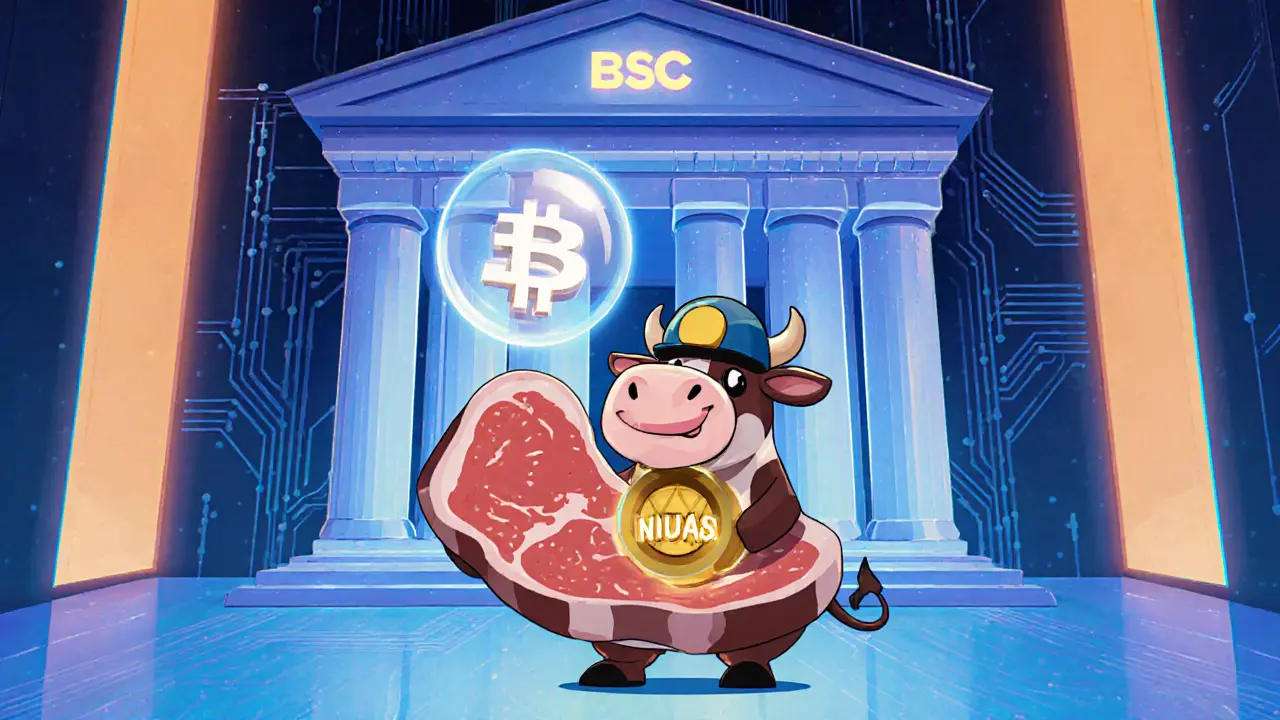Decentralized Finance (DeFi) Overview
When working with decentralized finance, the ecosystem of financial services built on public blockchains without traditional intermediaries. Also known as DeFi, it lets anyone lend, borrow, trade, or earn yield directly from code. A key building block is the Automated Market Maker (AMM), a smart‑contract engine that prices assets algorithmically instead of using order books. Another pillar is DAO Governance, a collective decision‑making model where token holders vote on protocol upgrades. Finally, Security Tokens, digital assets that represent ownership in real‑world securities and must follow regulation are increasingly integrated into DeFi platforms.
How AMMs Power Liquidity Without Order Books
Decentralized finance encompasses AMMs, which replace traditional market makers with code that holds two‑sided pools. This design lets users swap tokens instantly, while liquidity providers earn a share of transaction fees. Because the pricing formula is public, anyone can predict slippage and arbitrage opportunities. The AMM model also fuels perpetual contracts and other derivatives on DeFi DEXs, creating a bridge to more advanced trading strategies.
Beyond swaps, AMMs enable yield farming, where users lock assets to earn extra tokens. This incentive structure attracts capital, expands depth, and reduces price impact for smaller traders. However, the same openness creates flash‑loan attack vectors, so developers must audit contracts and set appropriate caps.
DAO Governance: Community‑Driven Protocol Evolution
DeFi protocols rely on DAO governance to stay adaptable. Token holders propose changes, vote, and execute upgrades automatically through smart contracts. This process reduces reliance on centralized boards and aligns incentives with the community. Successful DAOs often combine token voting with quadratic voting to mitigate whale dominance, a technique highlighted in recent research on fair decision‑making.
When a DAO passes a proposal, the changes are encoded on‑chain, making enforcement transparent and tamper‑proof. This mechanism has powered upgrades for major DEXs, layer‑2 scaling solutions, and even cross‑chain bridges, demonstrating that governance can scale alongside technical innovation.
Security Tokens and Crypto Derivatives in the DeFi Landscape
Security tokens bring regulated assets into the decentralized world, allowing investors to trade tokenized equity, real estate, or commodities on DEXs. Their compliance layer often includes KYC/AML checks, but once on‑chain they benefit from the same liquidity and composability as native DeFi tokens. This convergence influences the design of decentralized exchanges, which must support both utility tokens and security‑class assets.
Crypto derivatives, such as perpetual swaps and options, add leverage and risk‑management tools to DeFi. Platforms like MCDEX and VoltSwap illustrate how derivatives can function without custodial intermediaries, letting traders hedge positions or speculate on price movements. Together, security tokens and derivatives broaden DeFi’s appeal to institutional players while preserving its open, programmable nature.
Below you’ll find a curated collection of articles that dive deeper into each of these topics—play‑to‑earn token analyses, airdrop safety guides, exchange reviews, and technical deep‑dives into AMM vulnerabilities and DAO voting models. Explore the list to boost your understanding, spot opportunities, and navigate the fast‑moving DeFi ecosystem with confidence.
SteakBank Finance (SBF) Airdrop Details, Tokenomics and Platform Review
Explore SteakBank Finance's SBF tokenomics, airdrop rumors, core features, risks, and how it compares to other BSC liquid staking platforms.
read more

